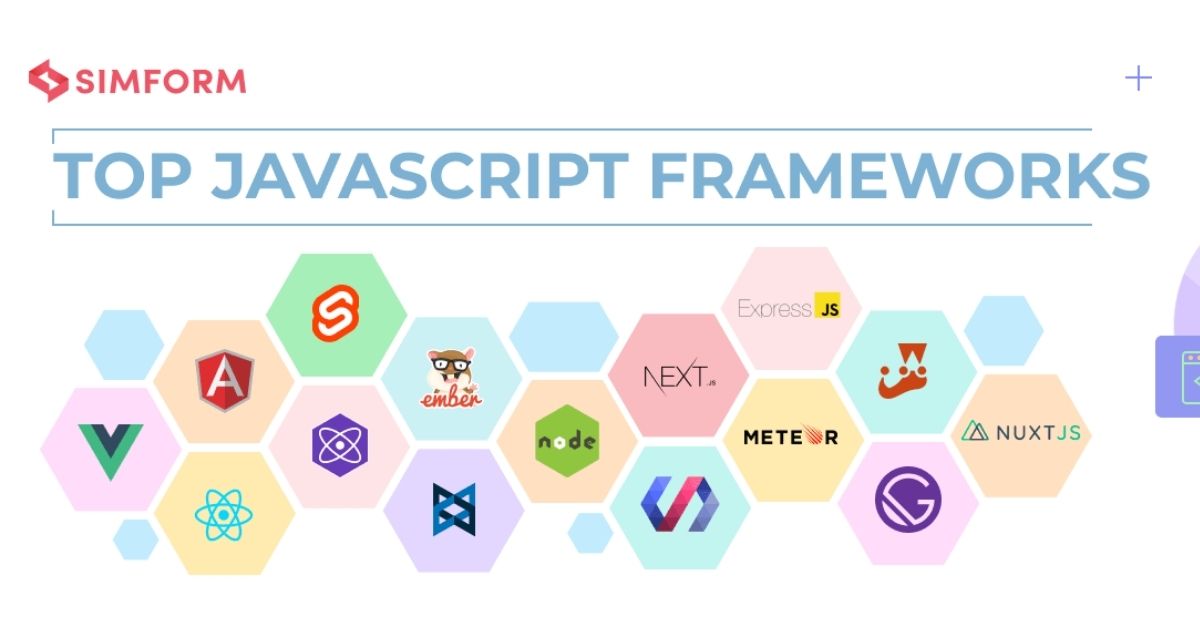Blitz News Digest
Stay updated with the latest trends and insights.
Framework Face-Off: Battle of the Best JavaScript Titans
Discover the ultimate showdown as top JavaScript frameworks clash! Uncover the best in our epic battle of the titans.
React vs. Vue: Which JavaScript Framework Reigns Supreme?
When it comes to JavaScript frameworks, two names often stand out: React and Vue. Both frameworks offer unique features and strengths, making them popular choices among developers. React, developed by Facebook, is renowned for its flexibility and performance. It employs a virtual DOM, allowing for faster rendering and an efficient update process. On the other hand, Vue, created by Evan You, is praised for its simplicity and ease of integration. With a gentle learning curve and a reactive data-binding system, Vue allows developers to create dynamic applications with minimal setup.
Ultimately, the decision between React vs. Vue boils down to project requirements and team preferences. If you're aiming for a large-scale application that necessitates high performance and scalability, React may be the more suitable option. In contrast, if you're seeking a straightforward and flexible solution for smaller projects or rapid prototyping, Vue could prove to be a better fit. Both frameworks have strong community support and continuously evolving ecosystems, ensuring that whichever you choose, you will not be alone on your development journey.

The Ultimate Guide to Choosing the Right JavaScript Framework for Your Project
Choosing the right JavaScript framework for your project is an essential step that can significantly impact your development process and the performance of your application. With a plethora of options available, it’s crucial to consider factors such as project requirements, team expertise, and future scaling. Popular frameworks like React, Angular, and Vue.js each offer unique advantages and disadvantages. For instance, if your project demands a robust solution with strong community support, React might be the perfect choice. On the other hand, if you prefer an all-in-one solution with built-in functionalities, Angular could be worth considering.
Before making a final decision, it is helpful to evaluate your project's specific needs. Here are some vital questions to guide you:
- What is the scale of your project?
- What level of community support and documentation do you need?
- Does your team have prior experience with any frameworks?
- What performance benchmarks are critical for your application?
By answering these questions, you'll be in a better position to select the most suitable JavaScript framework that aligns with your goals and enhances your project's overall success.
Angular vs. Svelte: A Deep Dive into Their Strengths and Weaknesses
When comparing Angular and Svelte, it's essential to understand their individual strengths. Angular is a comprehensive front-end framework backed by Google, offering a robust set of features such as two-way data binding, dependency injection, and a powerful CLI. This framework is excellent for building large-scale applications where maintainability and scalability are paramount. On the other hand, Svelte takes a different approach by compiling code at build time rather than using a virtual DOM. This leads to faster runtime performance and smaller bundle sizes, making it particularly appealing for smaller projects and prototypes.
However, both frameworks come with their own weaknesses that developers should consider. Angular can be complex and has a steeper learning curve, which may deter beginners. The extensive nature of the framework can also lead to slower performance in some scenarios. Meanwhile, Svelte is relatively new and may lack some advanced features and community support that Angular offers. It's crucial for developers to assess their project's requirements and team experience when choosing between these two powerful tools, as each has its unique advantages and trade-offs.